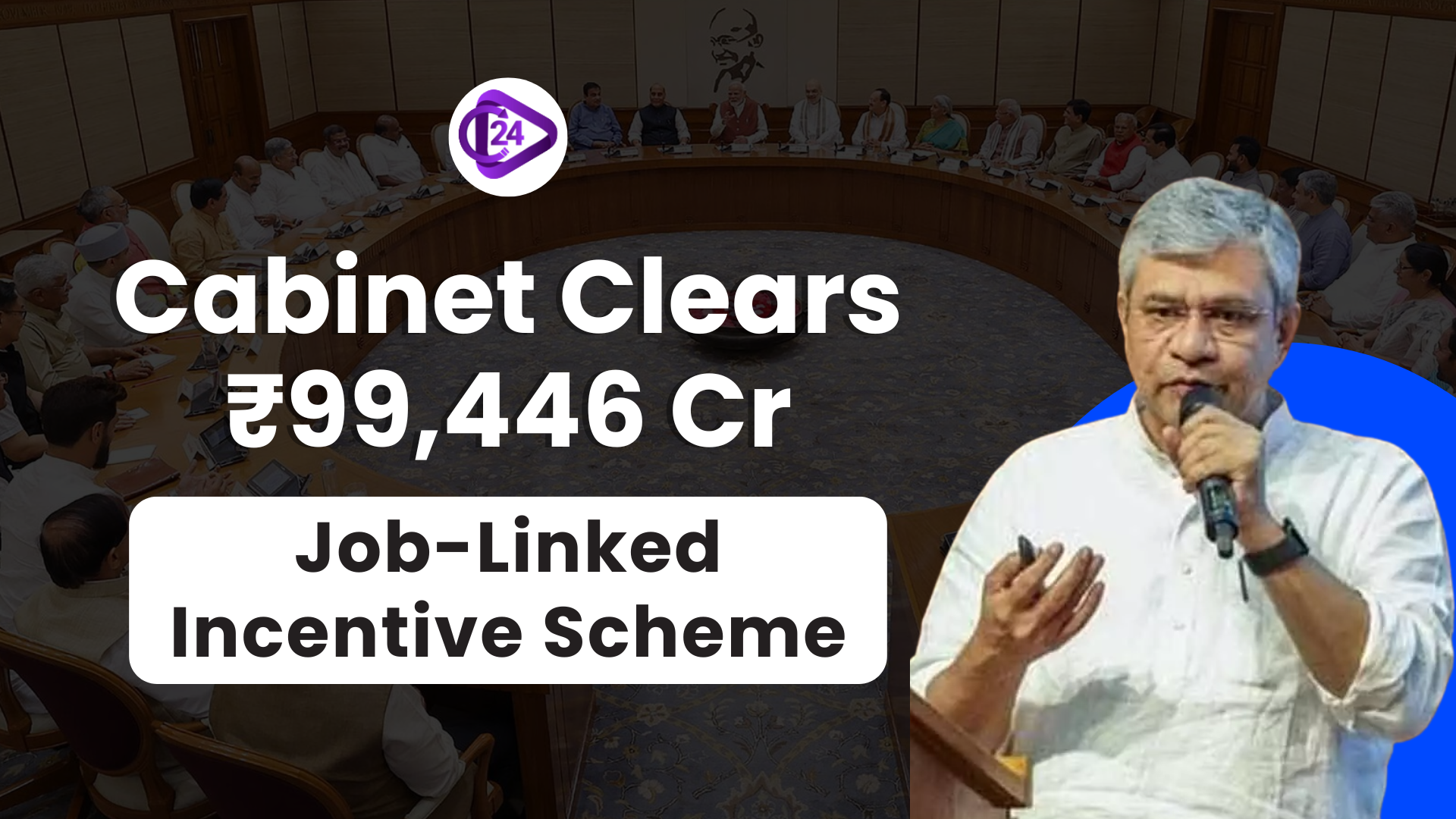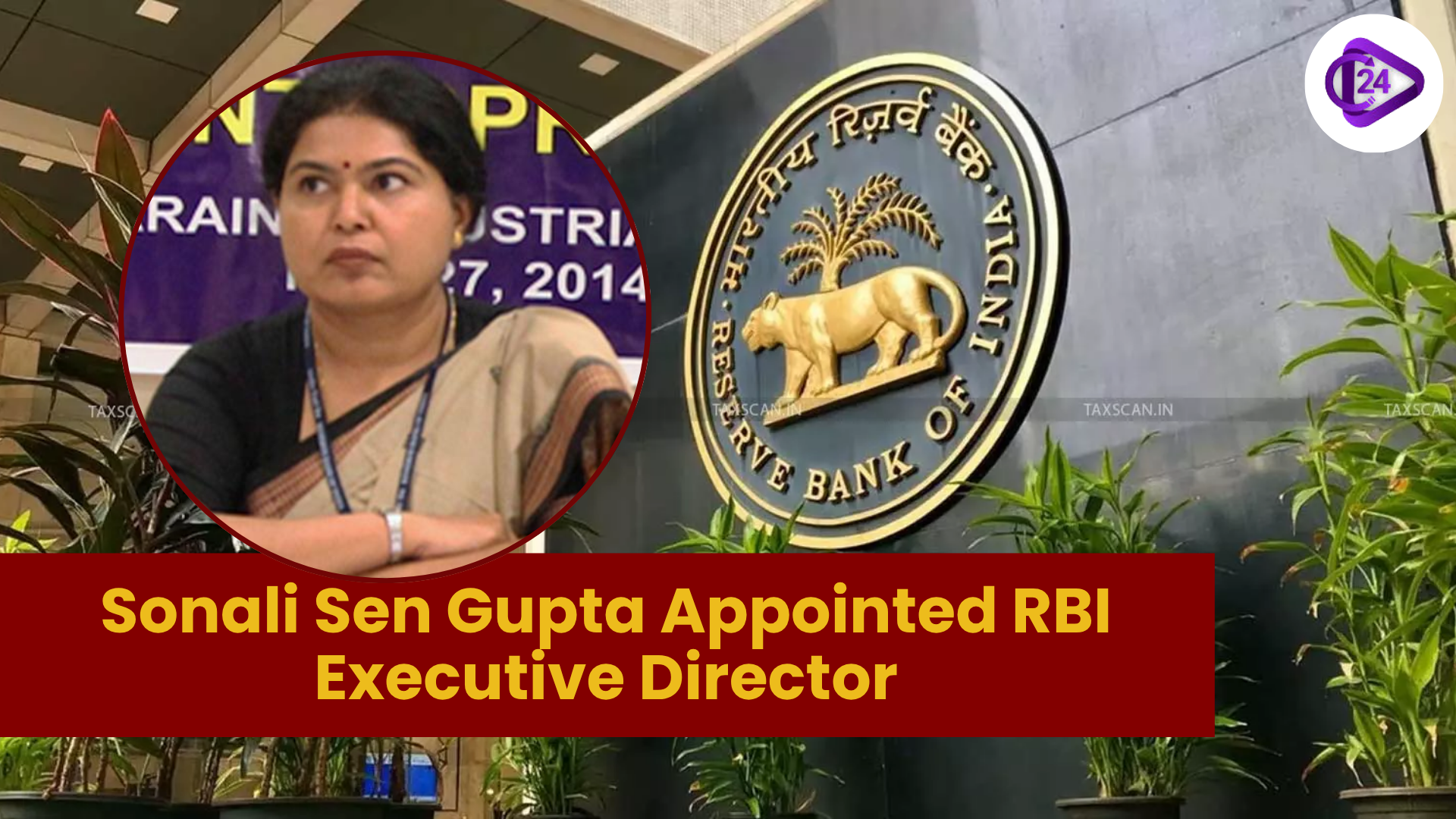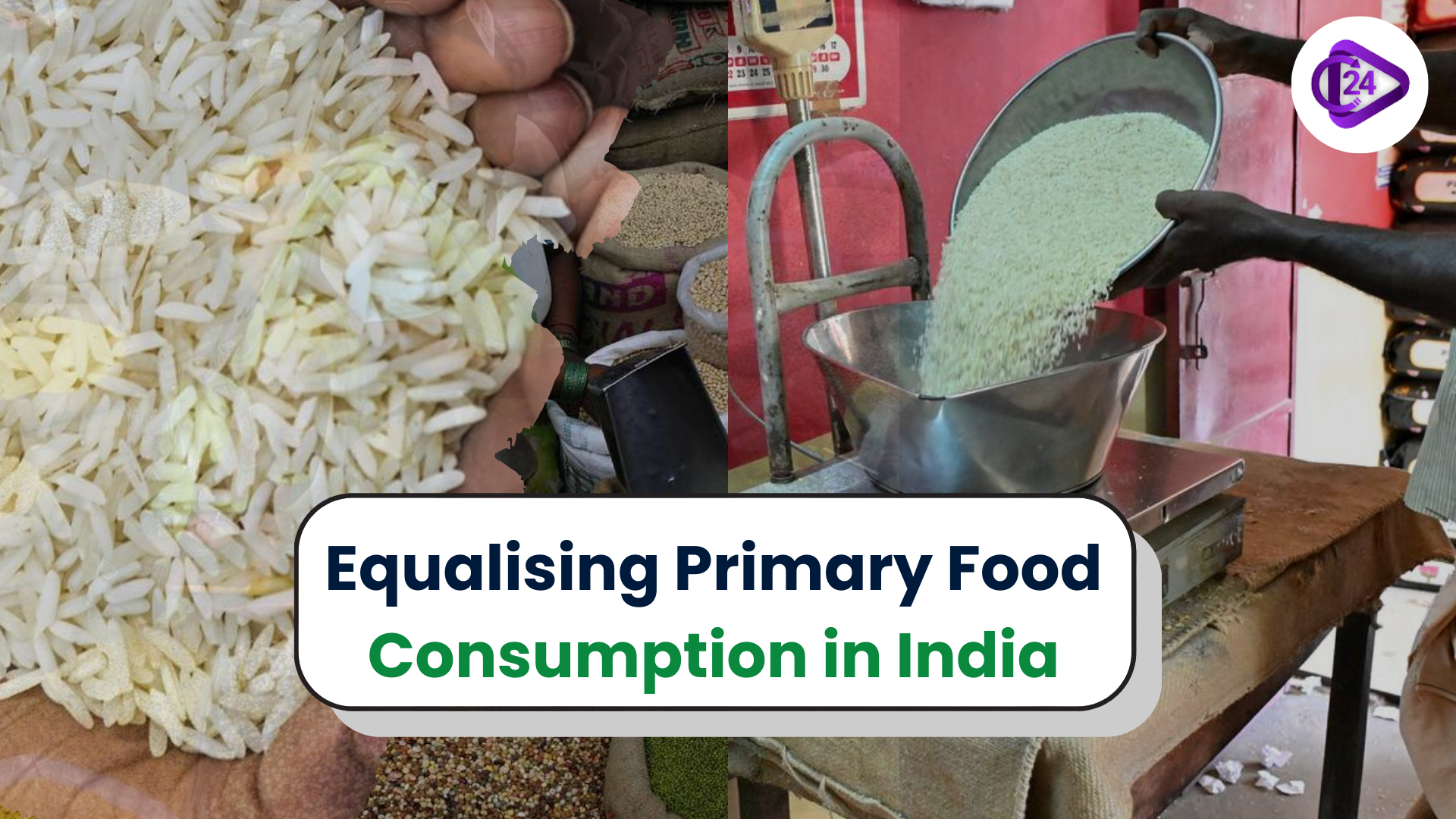
The Union Cabinet has accepted an employment-linked incentive (ELI) scheme to the tune of 99,446 crore with the view to increase employment in the manufacturing sector. This plan aims at offering motivation to the employer and the first-time employee. In a bid to provide jobs, the government plans to generate more than 3.5 crores of jobs and youth employment has to be given special attention. The advantages of the scheme will continue over two years and incentives will be provided to the industries which would hire more workforce.
Context
-
The ELI scheme aims at creating 3.5 crore employment opportunities, especially among first time job seekers.
-
It provides financial incentives to both the employers and employees with special measures to the manufacturing industry.
Key Details:
Key Points of the ELI Scheme:
Scheme Objective:
-
The plan is to create over 3.5 crore new jobs in a span of 2 years having a total outlay of 99446 crore of rupees.
-
It is aimed at the new job applicants and employers, rewarding them for creating more jobs.
Segments of the Scheme:
-
Part A (Bonus to the First-Timers Employees):
-
The new workers will be paid one month salary (up to 15,000 rupees) in two parts after 6 months and 12 months of employment.
-
Eligibility: The employees whose monthly salary is less than or equal to 1 lakh, and the initial installment will also be an initiative associated with a program of financial literacy.
-
-
Part B (Due Employer Support):
-
Up to 3,000 per month will be the incentive by the employers to hire more employees who are going to work at least 6 months.
-
Concentrate on the manufacturing industry as the incentives thereof will be increased by two years.
-
Employers who have less than 50 employees are required to take at least two workers and those who have 50 and above are required to take up five workers to engage in long-term employment.
-
Incentive Structure:
-
Depending on the salary of the new employee employed, the incentives to the employer varies.
-
EPF wage up to 10000: 1000
-
10001 - 20000 EPF salary: 2000
-
EPF wage of 3,000 rupees per month: 20,001 rupees to 1 Lakh
Payment Mechanism:
-
Direct Benefit Transfer (DBT) shall be applicable using Aadhar Bridge Payment System (ABPS) to pay the employees, who are new to the job place.
-
The employers will be directly paid into their accounts that are linked with PAN.
Eligibility Criteria:
-
The employees whose salary ranges up to 1 lakh can apply.
-
The plan will be beneficial to the jobs made between August 1, 2025, and July 31, 2027.
Scheme Budget:
-
The scheme as a whole costs 99,446 crores.
-
This is a component of the larger plan of the 2024-25 Union Budget, the allocation of which comprises 2 lakh crore on the generation of employment.
Effect of the Employment-Linked Incentive Scheme:
-
Employment: Would create more than 3.5 crore jobs, most expectedly in the manufacturing industry.
-
Youth Empowerment: Builds up on young people who are seeking jobs on their first time, and they are wooed towards employment.
-
Employer Incentives: Gives money to employers to take up more employees.
-
Social Security: Provides additional social security benefits to a broader number of persons in the workforce.
-
Economic Growth: Economic growth stimulates improve employability and low unemployment.
-
The legal research on Aging Skills: Promotes skills development among first-time associates and employees by creating financial literacy programs.
-
Emphasis on Manufacturing: Brings about employment generation in manufacturing industry and hence growth in industry.
Need of Employment-Linked Incentive Scheme:
-
Conquering the Unemployment: Seeks to meet the high unemployment rates through encouraging creation of employment.
-
Aatmanirbhar Bharat: Assists in self-reliance vision in India by laying an emphasis on creating internal employment.
-
Increase in Industrial Growth: It gives the right dose of incentives in manufacturing which is a primary area of growth in terms of employment.
-
Encouraging formalization of the workforce: Assists in formalizing a good proportion of the workforce and expands the social security cover.
Conclusion:
The ELI plan is one of the major government initiatives in addressing the unemployment issue, especially among the young population and encouraging the manufacturing industry. It will however be effective when it uses transparent implementation and ensures that the employers utilize the incentives to actualize creation of sustainable jobs.



 ASSOCHAM New President Nirmal Minda to Drive Industrial Innovation and Sustainability in India
ASSOCHAM New President Nirmal Minda to Drive Industrial Innovation and Sustainability in India 8th Pay Commission 2025: Latest News, Salary Hike & DA Update
8th Pay Commission 2025: Latest News, Salary Hike & DA Update Sonali Sen Gupta Takes Charge as RBI Executive Director
Sonali Sen Gupta Takes Charge as RBI Executive Director Shram Shakti Niti 2025: India’s Future-Ready Labour Policy for Employment Growth
Shram Shakti Niti 2025: India’s Future-Ready Labour Policy for Employment Growth Secure UPI Transactions: RBI and NPCI Introduce Biometric Authentication
Secure UPI Transactions: RBI and NPCI Introduce Biometric Authentication Shirish Chandra Murmu Appointed as RBI Deputy Governor
Shirish Chandra Murmu Appointed as RBI Deputy Governor India and Australia Sign Mutual Recognition Arrangement (MRA) for Organic Products
India and Australia Sign Mutual Recognition Arrangement (MRA) for Organic Products Cabinet Approves Rs. 69,725 Crore Package for India’s Maritime Growth
Cabinet Approves Rs. 69,725 Crore Package for India’s Maritime Growth Satellite Internet in India 2025: Bridging the Digital Divide
Satellite Internet in India 2025: Bridging the Digital Divide Equalising Primary Food Consumption in India: PDS & Nutrition Gaps
Equalising Primary Food Consumption in India: PDS & Nutrition Gaps






